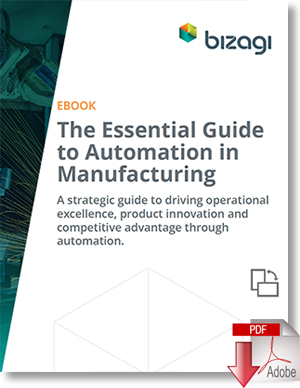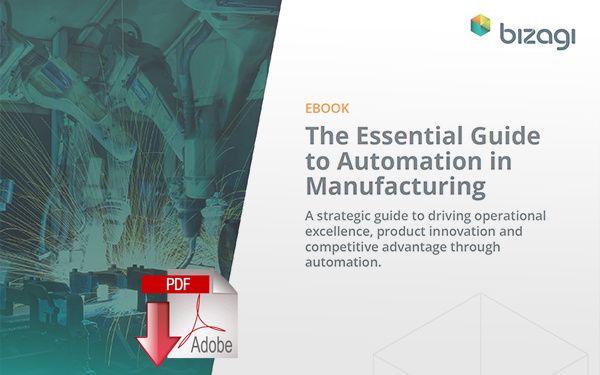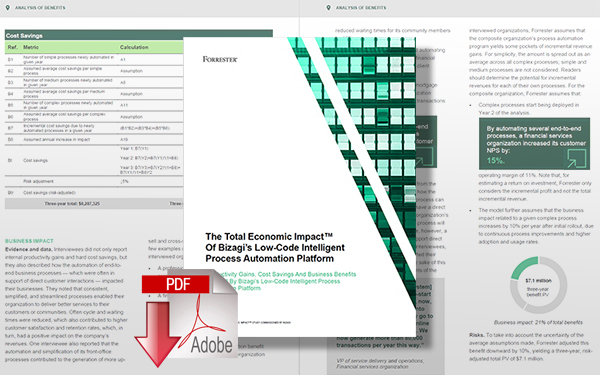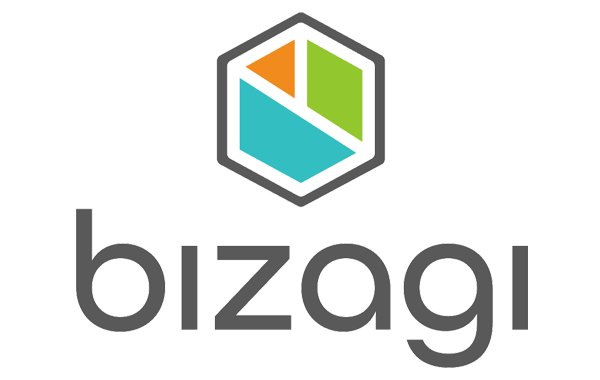What Is Supply Chain Automation and How Can It Benefit Your Business Operations?
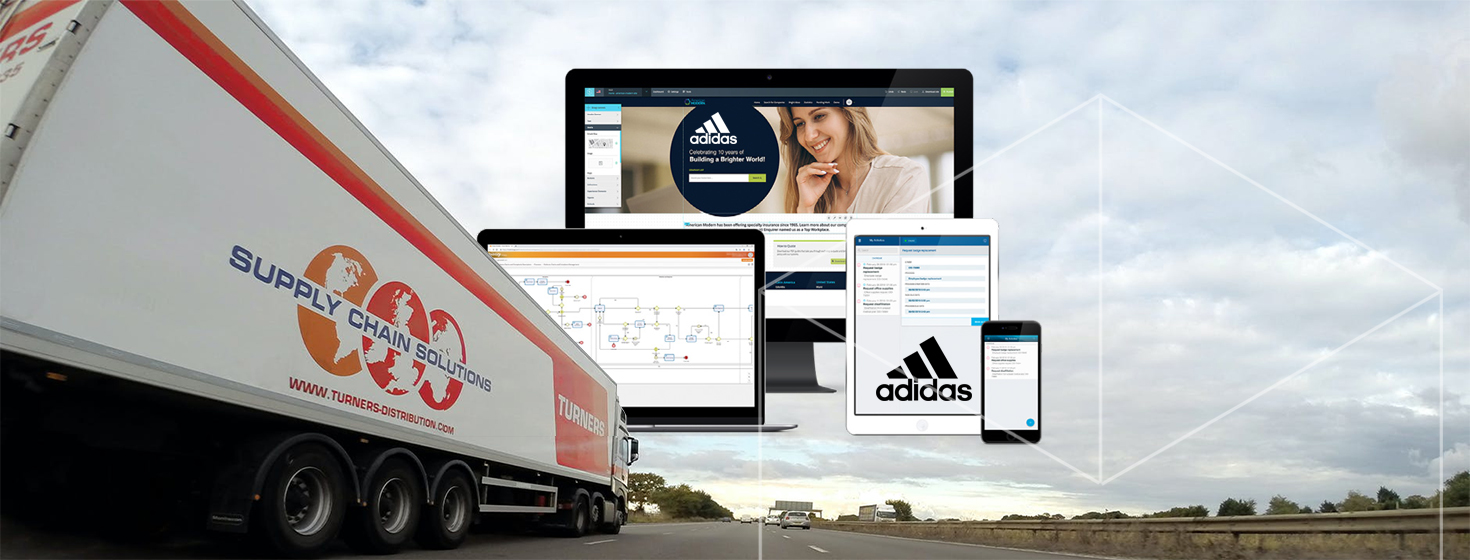
If your factory is the heart of your organization, then your supply chain is the veins and arteries and your operational efficiency depends on everything being connected to deliver a reliable service.
Supply Chain Automation
Today, many organizations have built operational efficiencies based on a patchwork of legacy systems, with gaps between applications leaving a disconnect in the supply chain, which can lead to inefficiencies, lack of visibility, and general uncertainty.
Supply chain automation provided by a low-code automation platform can automate tasks within the end-to-end supply chain and connect systems for a 360-degree view of operations.
What is Supply Chain Automation?
Supply chain automation is the use of digital technologies to improve efficiencies, connect applications and streamline processes within supply chain operations.
It usually incorporates intelligent technologies such as Digital Process Automation, Robotic Process Automation, Artificial Intelligence, and Machine Learning.
What Are the Benefits of Supply Chain Automation?
There are multiple benefits that can be seen when supply chain automation software is introduced to operations. Here are the four primary benefits:
1. Automate menial, manual tasks
A connected supply chain supported by automation technologies provides the opportunity to free employees from these menial, manual tasks.
“Supply chain management processes contain various documents such as delivery order, dock receipt, bill of lading (B/L), sea waybill, etc,” states AIMultiple.
“Employees in the supply chain department continuously store and process these documents for various reasons, yet, this is a time-consuming, manual task that inhibits businesses to reach operational excellence.”
These tasks are often carried out on pen and paper by employees in the warehouse, taking up valuable time and often leading to human error when recording and submitting information. The benefits of automation, both in and out of the warehouse include increased efficiency - manifested by increased fill rates and decreased cycle times, as well as increased warehouse throughput time, reduced labor and operational costs, elimination of human error, and improved inventory management.
The benefits of automation were realized by Bizagi customer, adidas. The largest sportswear manufacturer in Europe needed to transform its supply chain across 400 factories. Using Bizagi and an agile methodology allowed for less development, more efficiency, and cost reduction. They created standardized, reusable processes to deliver automation across departments.
These automated processes eliminated manual tasks and reduced operational costs, such as eliminating a million emails per year through system integration. They also halved factory onboarding time and sped up the two-month sports asset contract approval cycle to just one week.
2. Transparency and visibility of operations
Traditional supply chains often face unpredictable lead times and lack the transparency to know how inventory is progressing. Digital technology means that now even the everyday consumer is used to being able to see where their online delivery is in its journey from the warehouse to their front door. So why shouldn’t businesses expect the same visibility earlier on in the supply chain?
The reason for the lack of transparency in the past couple of decades has been due to poor connectivity. As more systems and applications were introduced to increase efficiency, they created silos and left gaps between systems, which meant that information could not be passed between them and it was hard to follow the status of a process end-to-end.
A low-code automation platform can connect all systems and create a centralized location for your employees to access information, providing complete process visibility and orchestration. This provides real-time data to employees, not only giving them up-to-date status updates but also allows them to act with certainty when executing tasks that rely on important information.
Transparency not only benefits employees but also customers as they can easily get an overview of how their order is progressing through the supply chain. Traceability is now essential for customer satisfaction and a low-code automation platform can provide appropriate visibility.
3. Agility to respond to the unexpected
If 2020 taught us anything, it’s to expect the unexpected. For some organizations, the COVID pandemic meant scaling operations back and operating on a bare-bones basis. For others, it meant ramping up production and shipping capabilities to meet increased demand.
Using a low-code automation platform provided the benefit of adaptability to respond to unforeseen circumstances, which is built-in when you connect information and data across your organization.
“Low-code platforms let technology teams build enterprise applications substantially faster to meet rapidly changing business objectives,” reports BM Magazine.
“To respond quickly to business needs, using low-code platforms with an API-driven approach can help you to create auto-responsive apps for websites, tablets, and smartphones at the desired speed.”
4. Ensure regulations are always met
Diminishing risk and meeting compliance standards are particularly hard in a post-COVID world. Even more so for manufacturers and suppliers with global sites observing different regulations, ranging from health and safety to best business practices. Auditing is then required to prove these standards have been met.
Establishing business processes that are then executed, either in part or fully, by automation technology can help improve both risk management and the overall supply chain management. All stakeholders can ensure best practices are followed while integrating compliance for effective and risk-averse operations.
Documenting and automating workflows is the ideal way to ensure specific requirements are met, and that operations can be agile enough to evolve. Additionally, the real-time visibility brought to the supply chain by a low-code automation platform can help organizations to mitigate risk and ensure compliance by identifying issues as they arise and preventing them from escalating further.
Connectivity and Automation
Connectivity and automation bring the efficiency and agility that so many supply chain operators crave. If you would like to find out more about how a low-code platform can help transform your supply chain, download the ebook, The Essential Guide to Automation in Manufacturing.
In addition to insight on how to optimize your supply chain, you will also learn:
- How to build a competitive advantage through three essential strategies
- What the dawn of Industry 5.0 means for manufacturers
- Tips for a successful automation program and how to repeat the success
Related Resources
The Essential Guide to Automation in Manufacturing
This ebook provides a strategic guide to driving operational excellence, product innovation, and competitive advantage through automation. Download Now!
The Total Economic Impact of Bizagi’s Low-Code Intelligent Process Automation Platform
Business is better when people, departments, processes, and technologies are connected and all working towards the same goal, but how much better? Bizagi commissioned Forrester Consulting to conduct a Total Economic Impact study and help find out. Download Now!
More Resources from Bizagi
Related Article: Checklist for a Successful Digital Transformation Strategy
Article Topics
Bizagi News & Resources
2021 Services Economy on the Right Side of Growth, Reports the Institute for Supply Management The Ultimate Guide to Low-Code Automation What is Intelligent Automation and How Does it Benefit My Business Now and into the Future? Planning Your Path to Intelligent Process Automation Intelligent Process Automation: Unlocking True Digital Transformation Building Agile Supply Chain Applications with Low-Code Development 3 Essential Strategies to Automate & Innovate in Manufacturing More BizagiLatest in Warehouse|DC
Senators Take Aim at Amazon with Warehouse Worker Protection Act Talking Supply Chain: Supply chain’s watchdog Ranking the World’s 10 Biggest Supply Chains The Top 10 Risks Facing Supply Chain Professionals Walmart’s Latest Service: Ultra Late-Night Delivery Dollar Tree’s Oklahoma Distribution Center Decimated by Tornado European Parliament Passes Law on Supply Chain Accountability More Warehouse|DC

